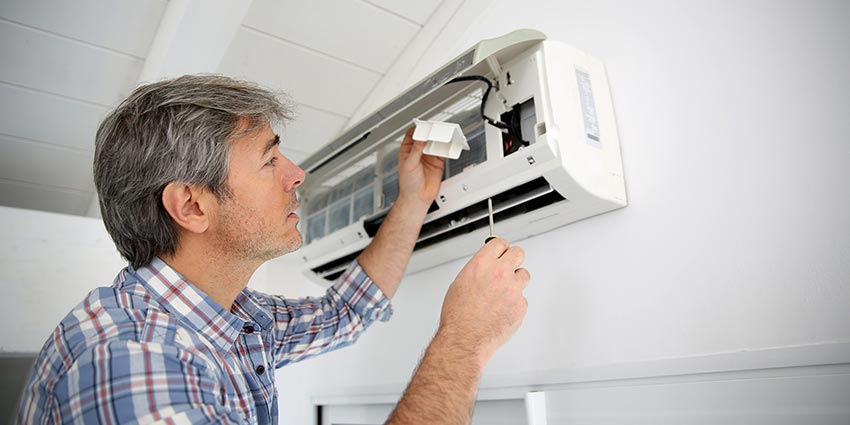
The Ultimate Guide to Choosing and Maintaining Your Split System
Split systems, also known as ductless HVAC systems, are a popular choice for heating and cooling homes and commercial spaces. These systems offer a range of benefits, including improved energy efficiency, quiet operation, and flexible installation options. In this article, we will explore the key features and benefits of split systems, as well as tips for choosing and maintaining your HVAC system.
What Are Split Systems?
Split systems are HVAC systems that consist of two main components: an indoor air handling unit and an outdoor compressor unit. The two components are connected by a refrigerant line, which circulates refrigerant between the indoor and outdoor units. Split systems are called ductless because they do not require ductwork to distribute air throughout a building.
Benefits of Split Systems
Split systems offer several benefits over traditional HVAC systems, including:
Energy efficiency: Split systems are highly energy-efficient, with some models boasting SEER ratings of up to 30. This can help reduce your energy bills and lower your carbon footprint.
Zoning capabilities: Split systems allow for individual temperature control in different rooms or zones of a building, which can improve comfort and save energy.
Quiet operation: Split systems are typically much quieter than traditional HVAC systems, with noise levels as low as 19 decibels.
Easy installation: Split systems do not require ductwork, making them easier and less invasive to install than traditional HVAC systems.
Choosing the Right Split System
When choosing a split system for your home or commercial space, there are several factors to consider, including:
Size: The size of the split system you need will depend on the size of your space, the number of rooms or zones you want to heat or cool, and your local climate.
Energy efficiency: Consider the SEER rating of different split systems melbourne to choose one that will provide the best energy savings.
Indoor unit style: There are several indoor unit styles to choose from, including wall-mounted, ceiling-mounted, and floor-mounted units.
Installation requirements: Some split systems may require professional installation, while others can be installed by homeowners with basic DIY skills.
Maintaining Your Split System
To ensure your split system continues to function effectively and efficiently, it’s important to perform regular maintenance tasks, including:
Cleaning or replacing air filters: Dirty or clogged air filters can reduce the efficiency of your split system and lower indoor air quality.
Cleaning the indoor and outdoor units: Dirt, debris, and other obstructions can reduce the efficiency of your split system and cause damage over time.
Checking refrigerant levels: Low refrigerant levels can cause your split system to operate less efficiently and may indicate a leak.
Scheduling professional maintenance: It’s a good idea to have your split system inspected by a professional HVAC technician at least once a year to identify any potential issues before they become major problems.
Conclusion
Split systems offer several benefits over traditional HVAC systems, including improved energy efficiency, quiet operation, and flexible installation options. When choosing a split system, consider factors such as size, energy efficiency, indoor unit style, and installation requirements to find the system that best meets your needs. Regular maintenance, including cleaning air filters and the indoor and outdoor units and checking refrigerant levels, can help ensure your split system continues to function effectively and efficiently for many years to come.
